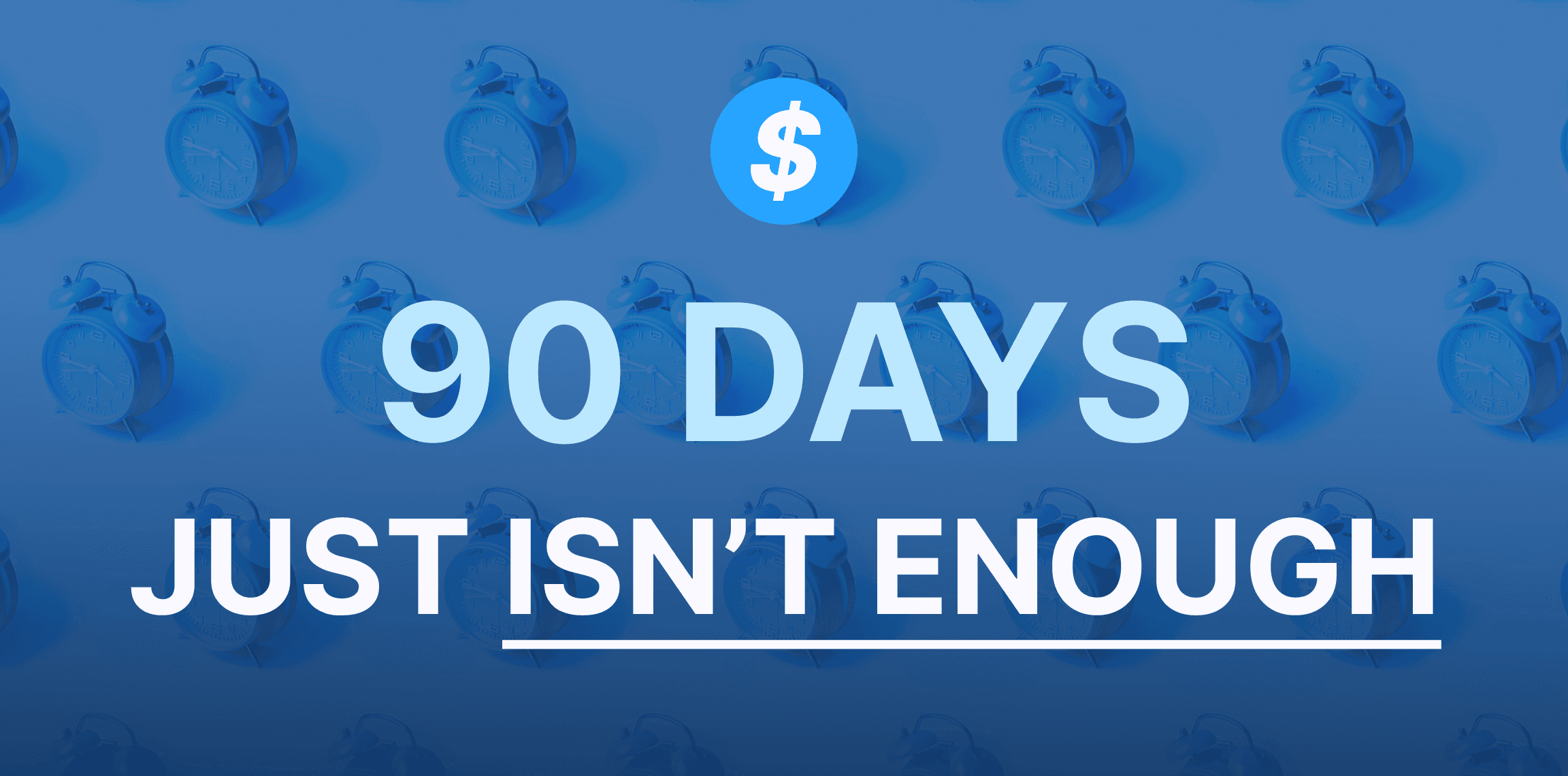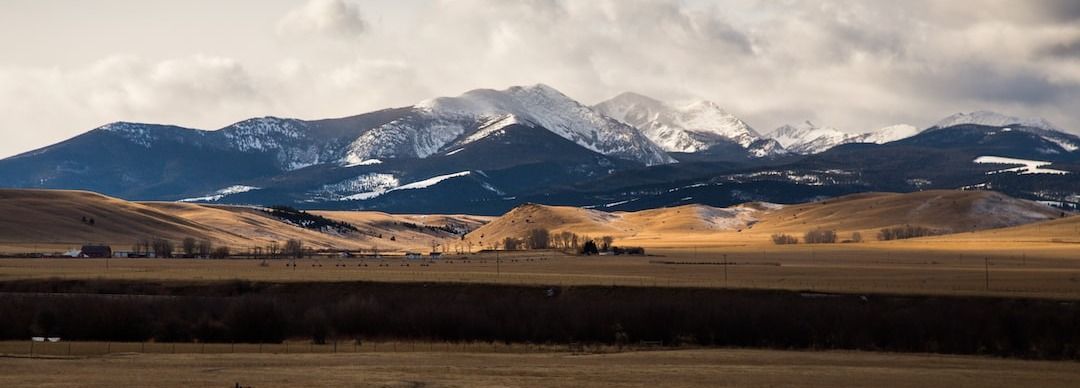Think you can complete your BEAD application in 90 days? Think again.
January 18, 2024
If you're waiting for your state's application, you'll be too late.

The Infrastructure, Investment and Jobs Act contains a multitude of deadlines.
We thought it would be useful to create a timeline to keep track of it all, as you look to apply for IIJA grants if you're a state, local government or other entity involved in the broadband business.
The National Telecommunications and Information Administration will establish many upcoming deadlines itself, so we will be updating this as it makes its announcements.
The NTIA will dispense the IIJA BEAD grant funding in three phases.
The agency is scheduled to issue a BEAD NOFO, or Notice of Funding Opportunity, on May 16th.
Congress made sure that the NTIA would dispense the $42.5 billion in broadband grants in a methodical way.
PHASE 1, PLANNING: States can initially apply for up to $5 million for planning. The U.S. Virgin Islands, Guam, American Samoa and the Commonwealth of Northern Mariana Islands can apply for $1.25 million each.
The funds can be used to: hire staff in their broadband offices; conduct trainings; fund outreach to local governments; conduct research and collect data and develop a preliminary budget.
The NTIA has published this handy guide for state level governments to help them think through this planning process.
UPDATE: States must submit outlines for their initial planning funds to the NTIA by August 15th.
PHASE 2, STATES AND TERRITORIES SHOULD SUBMIT AN INITIAL BROADBAND PLAN FOR BEAD GRANTS TO THE NTIA.
Once they've conferred with local governments, states and territories, state governments must submit their initial broadband deployment plans to the NTIA.
The legislation specifies that, among other things, grant applicants need to submit “5-year action plans” that explain how they’re working with local and regional bodies to deploy broadband networks, and how the networks will help local areas develop economically and boost telehealth and “related connectivity efforts.”
States need to include any subgrant programs and explain their oversight procedures.
The NTIA needs to review these plans and then once approved, the states and territories can access 20 percent of their allocation from their BEAD grant allocation.
The legislation said that it’s up to the NTIA’s discretion to release a higher percentage of each state’s allocation. Congress left it up to the NTIA to establish its own deadlines. If a state doesn’t meet the NTIA’s application deadlines, the legislation gives the agency the freedom to allocate the money elsewhere.
Both the states and the NTIA will have to wait for the Federal Communications Commission to publish its Broadband Serviceable Location Fabric, expected sometime in the Fall of 2022, to figure out what their respective allocations are.
States can challenge the maps if their data conflicts with the FCC's. Once they have the funding, states will set up competitive broadband infrastructure grant programs. BEAD grant winners are obligated to offer a low-cost plan.
The NTIA is scheduled to issue a middle mile infrastructure NOFO or Notice of Funding Opportunity on May 16th as well.
The IIJA grant program gives the NTIA the authority to create a competitive grant program for broadband providers to build, improve or buy middle mile infrastructure.
Eligible entities include: states and its political subdivisions, Tribal governments, technology and telecommunications companies, electric utilities, utility cooperatives public utility districts, nonprofit associations, foundations, corporations and institutions, regional planning counsels, Native entities, or economic development authorities.
The program’s goal is lower the cost of connecting ISPs to the Internet’s backbone so that they can make their retail plans more affordable in rural and other hard-to-reach or unprofitable service areas.
Middle mile grant applicants would have to build out projects within five years of receiving the money.
The IIJA directed the GAO to issue a report estimating the number of skilled telecommunications workers that will be required to build and maintain broadband infrastructure in rural areas both now and in the future as states and the private sector go about building both wired and wireless networks. The deadline for the report is May 16th.
The agency is scheduled to issue a state digital equity planning grant NOFO, or Notice of Funding Opportunity for a total of $60 million, sometime between mid May and mid June, 2022. Eligible entities will have 60 days to apply.
Once they receive initial planning grants, states have 12 months to complete their plans, and they can also apply for funds from the $1.44 billion State Capacity Grant Program. They have a two year window to apply for these state capacity grants and implement their plans.
Broadband providers can apply directly to the NTIA as well for its $1.25 billion Competitive Grant Program to implement their own digital inclusion plans.
The goal of digital inclusion is to improve broadband accessibility for people who normally have a hard time affording it, or understanding how to use it. States may award sub-grants to broadband providers to execute these plans.
For more details, planning guidance, and how to combine these efforts with BEAD grant projects, download the National Digital Inclusion Alliance’s Digital Inclusion Guide for States.
Eligible entities must submit their plans for Digital Equity Grants to the NTIA by July 12.
Eligible entities' governors must submit their Letters of Intent (LOI) to the NTIA by July 18.
FCC to issue report on reforming the Universal Service Fund
BEAD: States must submit outlines for their initial planning funds to the NTIA by August 15th.
The FCC must issue new rules directing ISPs to provide consumers more detailed, yet easy-to-understand information on what they’re actually selling.
The IIJA directs the FCC to do this within one year of the law’s enactment.
Per the FCC: “The proposal would require broadband providers to display, at the point of sale, labels that show prices, including introductory rates, as well as speeds, data allowances, network management practices, and other critical broadband service information.”
The IIJA directs the GAO to report back to Congress within a year and evaluate the way the FCC establishes, reviews, and updates the upload and download speed thresholds for broadband internet access service, and whether the agency needs to update its process for doing these things in light of all the activities that we conduct through the internet on a daily basis.
The FCC must publish an online map showing all federally funded broadband grant projects.
The FCC has two years to issue rules to make sure that companies don’t avoid providing internet service to populations based on income, race, ethnicity, color, religion or national origin.
Within that time, the agency has to identify steps to eliminate such discrimination. The IIJA also directs the FCC to adopt model policies and best practices that states and local governments can adopt to prevent such practices.
For more information on this issue, read this story by CNET.

January 18, 2024
If you're waiting for your state's application, you'll be too late.

January 09, 2024
The big sky state joins a small list of eligible entities that have kicked off their broadband challenge process.